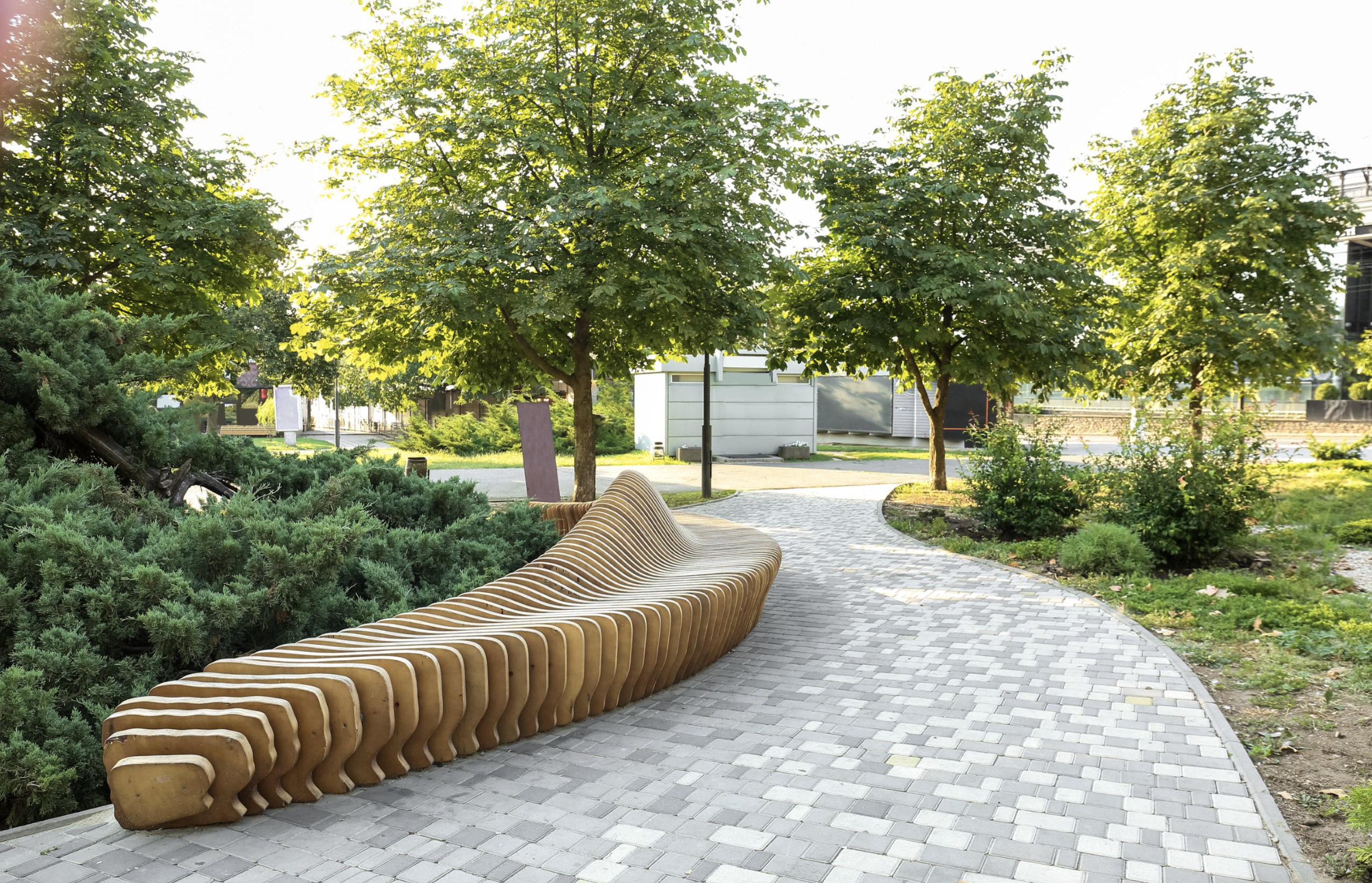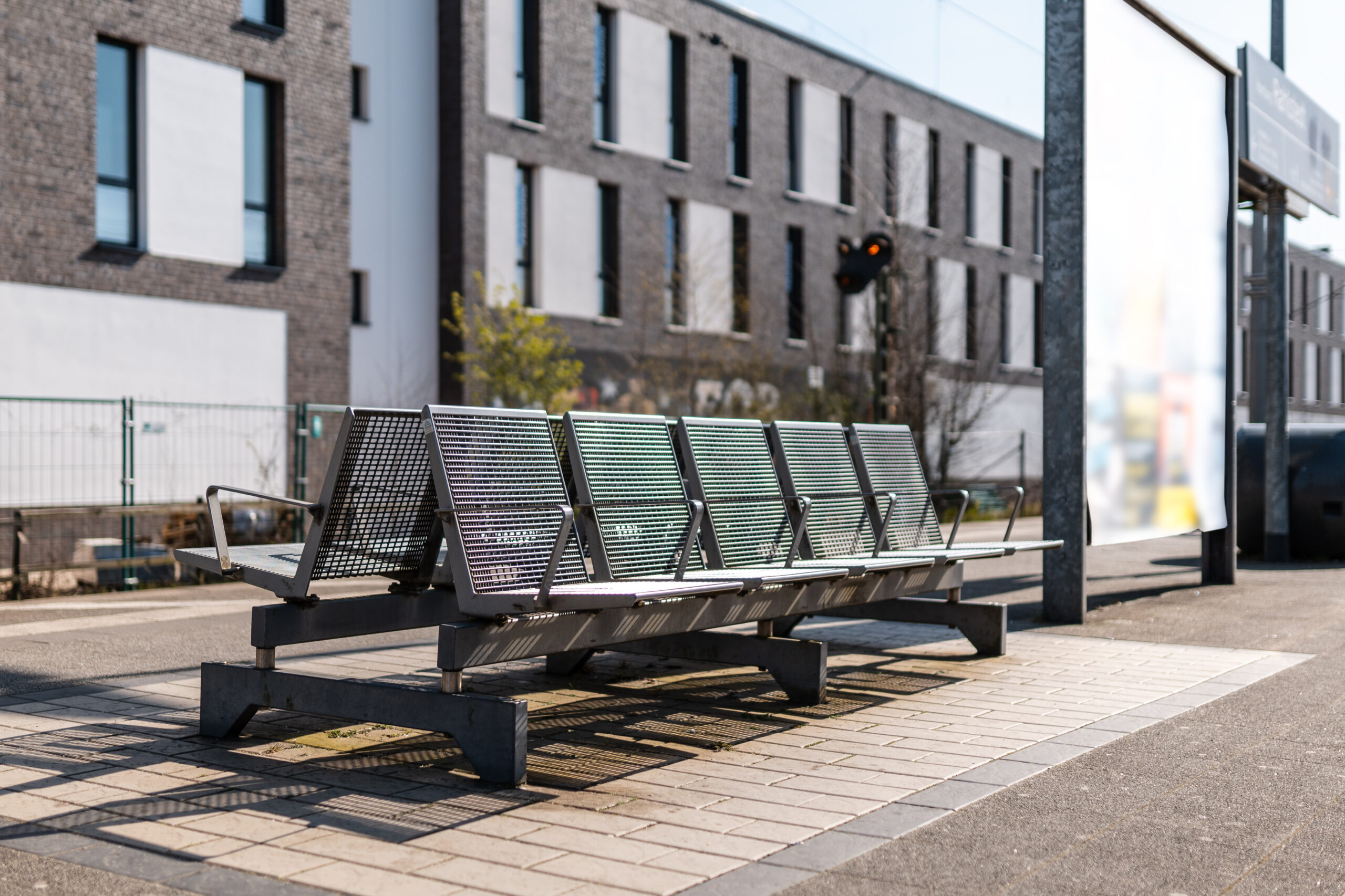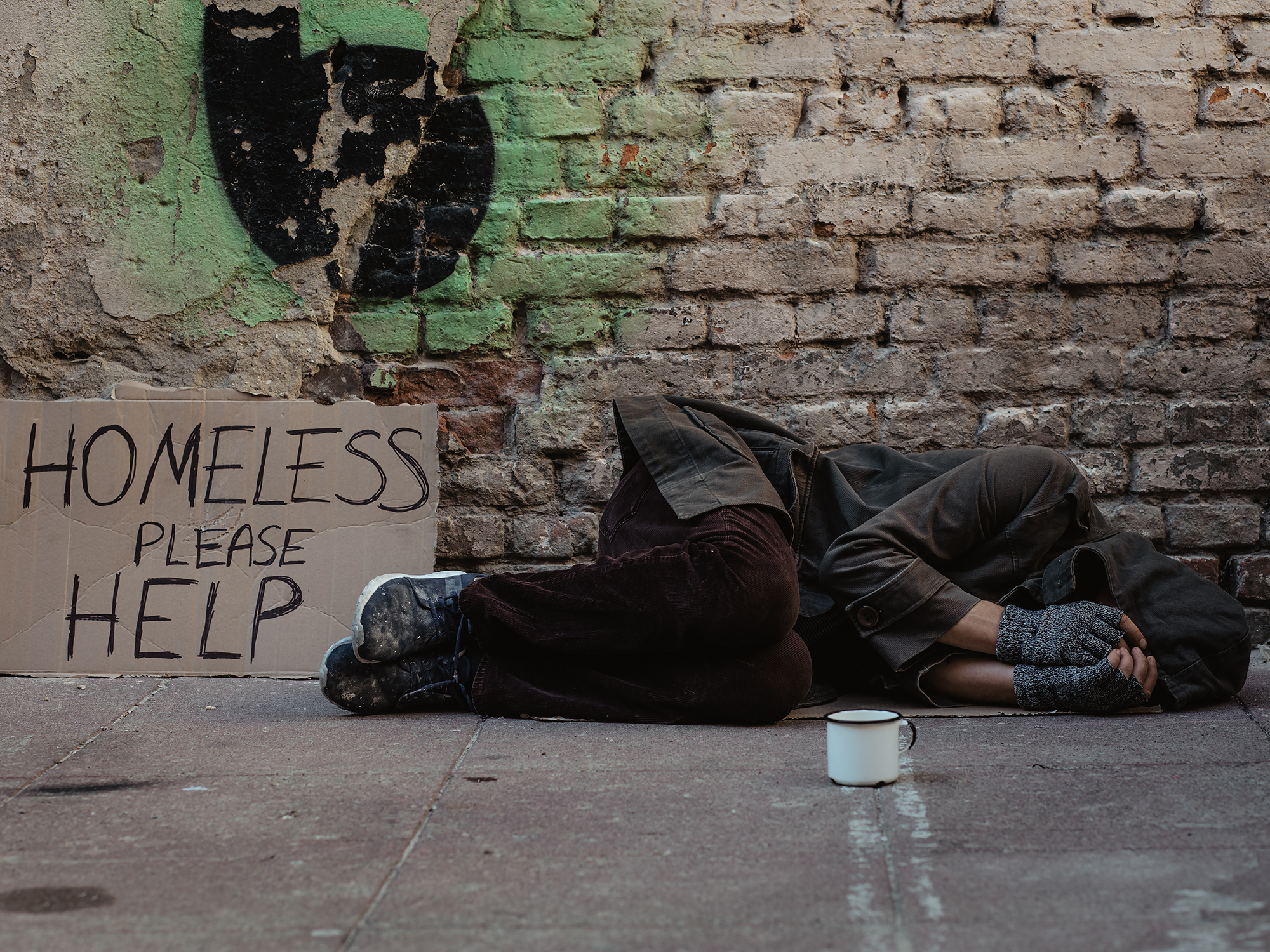by McKenzie Parish
What is the purpose of local government? Most people think the government is meant to serve its citizens and maintain the local infrastructure. However, lately many governments have been more concerned with hiding their citizens rather than helping them. Many strategies are being used to prevent the unhoused population from finding much-needed comfort. These strategies are often called hostile architecture or anti-homeless architecture. Hostile architecture is an urban-design strategy that uses built elements of the environment to guide or restrict the behavior of citizens. This impacts both the housed and unhoused citizens of communities and makes public and private spaces more unwelcoming and uncomfortable for everyone.
Since at least the 1990’s corporations and local governments have begun using hostile architecture to prevent loitering in private and public spaces. Businesses have installed blaring speakers and sprinkler systems to prevent the unhoused from finding comfort on their properties. Many 7-11 convenience stores have installed speakers above their doors so that constant noise is played, causing the surrounding area to be unwelcoming.
A much more popular tactic is the addition of arm rails on benches to prevent citizens from laying across them. These arm rails not only cause discomfort and pain for the unhoused simply trying to find a safe spot to sleep, but also for citizens of a larger body type, or those who may sit wider than the bars will allow. Another popular form of this same prevention is the installation of benches that are designed to look more modern and sleek but truly are designed to prevent anyone from sitting or lying on them comfortably for an extended period.


One may consider the time and money spent on hostile architecture a necessary evil, that without it homeless people will ruin public spaces. Some may even believe such tactics are reducing homelessness. However, these beliefs are not substantiated. Most residents believe that hostile architecture makes a public space less welcoming, iron spikes do not tend to make most people feel invited. There is also no evidence to support the idea that hostile architecture reduces homelessness. All hostile architecture tends to accomplish is forcing the homeless population out of the public eye rather than addressing the causes of homelessness.
All these new architectural additions and updates cost local government money to install. On average it costs $31,065 per year to criminalize a single homeless person. This is done through hostile architecture as well as through loitering laws, anti-panhandling laws, police raids of homeless encampments, and more. On average it costs only $10,051 per year to provide supportive housing to a single homeless person. It costs $21,014 more to punish the homeless than it does to help them, and yet, that is constantly people’s first choice.
This gut reaction not to help homeless people may be a result of the belief that homeless people are not victims of circumstances and tough times, but rather that they decided to live reckless and irresponsible lives resulting in homelessness. Realistically, 64% of Americans live paycheck to paycheck, meaning that if the family car stops working, there is a medical emergency, or any other expensive event happens, 64% of people would not be able to stay afloat. These are not circumstances people seek out, but rather an unfortunate cycle people get caught in.
Society often focuses on maintaining ideals of beauty and comfort when it would be more beneficial for everyone to look past supposed beauty and to be uncomfortable for the benefit of those around them. If everyone decided to help the less fortunate rather than hide them the world would genuinely be a better place.




